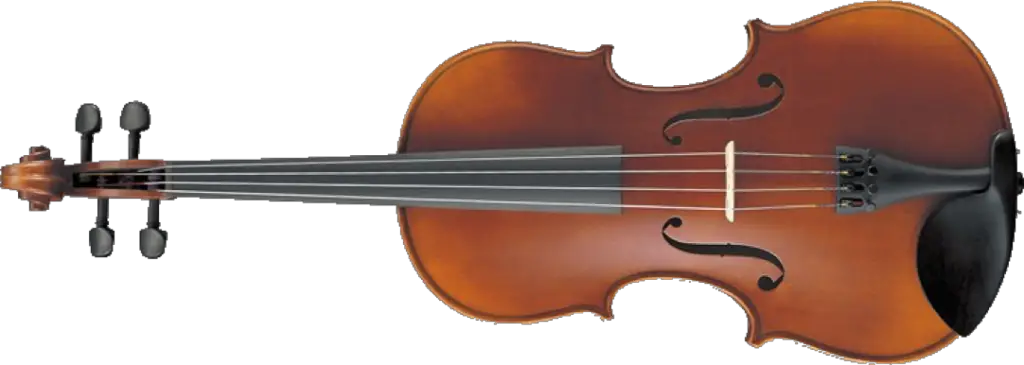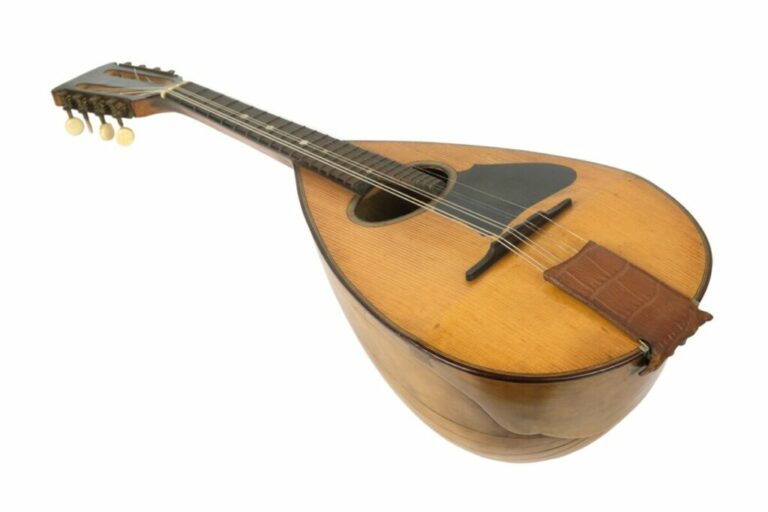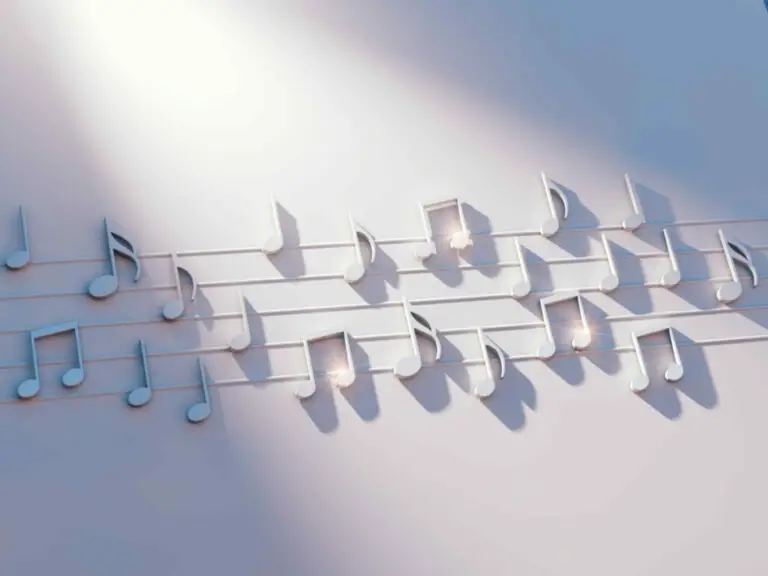Violins vs Fiddles vs Violas: What Are The Differences?
When it comes to bowed string instruments, the violin, fiddle, and viola are easily mistaken. However, there are some major differences between the three instruments. So, what are the differences between violins, fiddles, and violas?
The violin is the smallest and is often used in classical music, but it can also be used in other genres like rock, folk, and jazz. The fiddle is often associated with traditional styles of music, particularly in America and Ireland, and is played in a more rhythmic and percussive style than the violin. The viola is larger than the violin and has a deeper, richer sound, often used as a supporting instrument in orchestras. The instruments differ in terms of body frames, strings, tuning, bridges, sizes, and music played.
Below, you’ll find out more about the three instruments and how they differ.
What Makes a Violin Different from a Fiddle and Viola?

The violin is the most well-known of these instruments. It is a four-stringed instrument typically played in orchestras, as a solo instrument, or in smaller ensembles like string quartets. It’s referred to as a “classical” instrument, but its versatility makes it usable in many genres of music, including rock, folk, and jazz.
The violin is the smallest of the three instruments, measuring around 14 inches in length. It’s also tuned to G, D, A, and E (from lowest to highest). Many describe its sound as bright, sweet, and expressive. This is thanks to its high register and ability to sustain notes for long periods of time.
Unlike some other string instruments, the violin is held under the chin. Your left hand controls the pitch of the notes by pressing down on the strings. Your right hand uses a bow to create sound by moving it back and forth across the strings.
What Makes a Fiddle Different from a Violin and a Viola?

While the violin connects to classical music, the fiddle is all about traditional music, particularly in America and Ireland. Despite their similarities, fiddles are distinct from violins.
A fiddle is typically used in folk, country, and bluegrass music. Fiddles are often played in a more rhythmic and percussive style than violins. Players emphasize slightly off-beat rhythm of the music.
The construction of fiddles is also often different from violins. Violins use a standard set of materials and designs. However, fiddles use various materials, including wood, metal, or plastic. They may also have a different shape or design, making them easier to play certain styles.
The tuning of a fiddle is often the same as a violin, with G, D, A, and E strings. However, fiddlers may use a slightly different technique when playing. For example, fiddles can use open strings or a flatter bridge to achieve a different sound.
What Makes a Viola Different from a Violin and a Fiddle?

The viola is a larger instrument than the violin, measuring 16 inches in length. It’s tuned differently than the violin, with its strings at C, G, D, and A (from lowest to highest). Its sound is deeper and richer than the violin, with a warmer and more mellow tone.
Like the violin, you can find the viola orchestral settings. However, it’s not as common as a solo instrument or in smaller ensembles like string quartets. Instead, it’s a supporting instrument in orchestras, providing a lower range of sound. This helps round out the overall sound of the group.
The technique used to play the viola is similar to the violin. Violas are held under the chin, with the left hand controlling the pitch of the notes. Meanwhile, the right hand uses a bow to create sound. However, the larger size makes the instrument more difficult to play. It requires more physical strength and stamina.
The viola is a harmony or accompaniment role, rather than a lead melody. This means viola players must be skilled in playing complex harmonies. Viola players support the lead instrument, whether it be a violin or a vocalist.
Differences between Fiddles, Violins, and Violas
Body Frames
Both the fiddle and violin are made of hardwood that has been polished. However, they have differences in their shape.
The fiddle and violin have a smaller frame than the viola in both width and length. The standard fiddle differs from the violin with an arched angle near the waist. So, fiddles have a larger diameter.
Strings and Tuning
Typically, the violin and fiddle have the same strings, tuned to G3, D4, A4, and E5.
However, the fiddle introduces a fifth string tuned to C3, adding a twang that harmonizes well with a banjo.
A viola is naturally tuned at exactly one fifth below a violin. The viola has a range of over 3 and a half octaves.
Bridges
A fiddle has a flatter bridge that is less arched than a classical violin. This allows double and triple stop bowing, popular in many types of fiddling music.
In contrast, a violin has a more arched bridge that is aimed for a cleaner note. The difference in the bridges lends itself to each style. The fiddle uses strings bending and multiple stops while bowing. The violin requires ust a single tone. A viola requires the player to arch strings with a straight bow for better tones.
Sizes
The body size of a viola is between 38 cm to 43 cm long. Meanwhile, the fiddle and violin have a body size of 35.5 cm. The violin bow is around 1 cm longer than the viola bows. Fiddle bows are slightly longer than that of a violin.
Differences in Music Played and Sound
Violins tend to lean to a traditional or classical music. Meanwhile, fiddles are typically found in bluegrass bands, western swing, and folk music.
The viola produces a more mellow and deep sound than a violin, while the violin has a higher pitched sound compared to viola.
Clef
Music for the viola is usually written in the alto clef using the C clef. Music for the violin and fiddle is written in the treble clef. Fiddle music is also written with a C clef.
Differences in Playing Technique
Viola is larger than the violin, requiring different techniques and fingering. Violas have a heavier bow and heavier strings than violins, requiring more work.
Violins are played with the left side of the player’s jaw resting precisely on the chinrest. The player supports the instrument with the left shoulder. Fiddles can be between the player’s chin and shoulder or right on their chest. Placing the fiddle on the chest is never done in a violin performance.
While the violin, fiddle, and viola share many similarities in terms of construction and tuning, there are some differences in playing technique that are worth noting. For example, fiddlers may use a different bow hold than classical violinists. This allows a more percussive and rhythmic style of playing. Viola players may also use a slightly different bow hold to achieve a warmer and more mellow sound.
Another difference in technique is vibrato, which is the slight wavering of a note to add expression and depth to the sound. Vibrato is used in all three instruments, but the technique and style of vibrato varies between them. For example, vibrato on a fiddle may be wider and more pronounced than on a violin. Meanwhile, vibrato on a viola may be slower and more controlled.
The choice of bow can also make a difference in sound and technique. While most players use a standard bow made of horsehair, some fiddlers may use a shorter, lighter bow that allows for faster playing and a more percussive sound. Viola players may use a longer and heavier bow to produce a deeper and richer sound.
Composition and Accompaniment
Most of the chamber music, symphonic settings, or the orchestral includes some permanent violin parts while the viola compositions include Kegelstatt Trio, Mozart’s Sinfonia Concertante, and Beethoven’s Serenade. A violin is mostly accompanied by the cellos, violas, symphonic horns, and double basses.
Conclusion
While the violin, fiddle, and viola may look similar at first glance, they are actually quite distinct instruments with their own unique characteristics and techniques.
The violin is often associated with classical music and is known for its bright and expressive sound.
The fiddle is more commonly associated with folk, country, and bluegrass music, and has a more rhythmic and percussive style of playing.
The viola is a larger instrument with a deeper and richer sound, often used in orchestras to provide harmony and accompaniment.
While there are many similarities between these instruments, understanding the differences can help players choose the right instrument for their preferred style of music and achieve the best sound possible. Whether you are drawn to the bright sound of the violin, the rhythmic style of the fiddle, or the warm depth of the viola, each of these instruments has something unique to offer to musicians and audiences alike.









